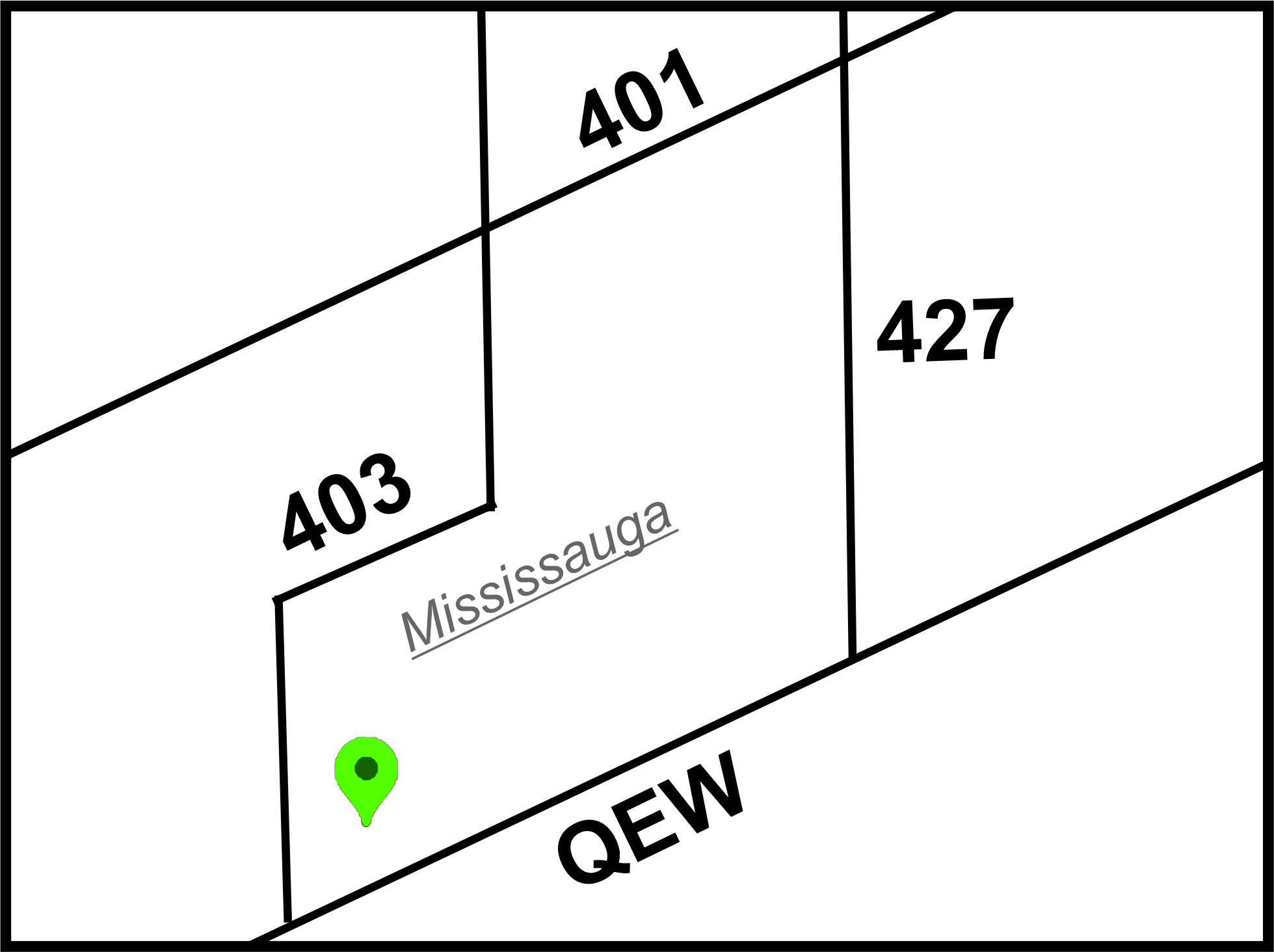
Blog Questions about beds and mattresses answered. And some stories told.

When purchasing a mattress, thickness is an important factor to consider because it impacts comfort, support, durability, and aesthetic appeal. However, there’s no one-size-fits-all answer to the question, “How thick should a mattress be to be considered good quality?” This depends on several factors, including the materials used, the type of mattress, the intended sleeper’s body weight and sleep position, and personal preference. Below, we’ll explore the optimal thickness range for mattresses, how different types of mattresses vary in thickness, and some general guidelines on choosing the right mattress thickness for quality sleep.
Understanding Mattress Thickness and Layers
Most mattresses fall within the 6- to 14-inch range in thickness, but high-quality mattresses typically range from 8 to 14 inches. However, mattress quality isn’t solely determined by thickness—rather, it’s about how well each layer of the mattress performs its specific function. Many quality mattresses consist of three essential layers:
-
Support Core Layer: This is usually the thickest layer and provides structure and durability to the mattress. A supportive core typically makes up 50-80% of the mattress thickness. Materials like high-density polyfoam, innerspring coils, or pocketed coils are often used for the core layer.
-
Transition Layer: Found in hybrid and all-foam mattresses, this layer adds comfort by distributing weight evenly. It may be a latex or foam material and serves as a bridge between the core and the comfort layer, preventing the sleeper from sinking too deeply.
-
Comfort Layer: The topmost layer is often made of softer materials like memory foam, latex, or a quilted cover. The thickness of the comfort layer plays a significant role in determining how plush or firm a mattress feels.
Each layer contributes to the overall feel, support, and quality of a mattress, and their combined thicknesses define the final mattress height. Let’s examine optimal thickness levels based on different materials and mattress types.
How Thickness Affects Mattress Types
Different types of mattresses—innerspring, memory foam, hybrid, and latex—each have an ideal thickness range for quality performance:
1. Memory Foam Mattresses
Memory foam mattresses range between 8 and 12 inches, and their quality largely depends on the density and thickness of each layer. A high-quality memory foam mattress usually has:
- Comfort Layer: At least 2-4 inches of high-density memory foam to provide contouring and pressure relief.
- Transition Layer: 1-3 inches of denser foam to prevent excessive sinking.
- Support Core: A dense foam base that is at least 5-6 inches thick, providing stability.
A memory foam mattress below 8 inches might not offer sufficient support and is more likely to wear down over time. Thicker options above 12 inches can offer enhanced durability and support for heavier individuals but may feel overly plush to some. Memory foam mattresses ten to offer proper support for a shorter period of time that other competing types.
2. Innerspring Mattresses
Traditional innerspring mattresses typically range from 8 to 12 inches in thickness and have:
- Comfort Layer: A layer of foam or padding (1-3 inches thick) to create a plush surface.
- Support Core: Coiled springs that provide bounce and support, often comprising the majority of the mattress’s height, with a minimum of 6-8 inches of coils for quality support.
Because innerspring mattresses rely on coils for their support, the thickness of the coil layer directly affects the firmness and durability of the mattress. For those seeking extra softness, a thicker pillow top or Euro top layer may be added to increase comfort without sacrificing support.
3. Hybrid Mattresses
Hybrid mattresses typically range from 10 to 14 inches, combining foam and coil layers to balance support and comfort. A quality hybrid mattress usually has:
- Comfort Layer: A 2-4 inch foam or latex comfort layer, often made from memory foam or latex for pressure relief.
- Transition Layer: 1-2 inches of a firmer foam to reduce the feeling of sinking.
- Support Core: 6-8 inches of pocketed coils to provide support and airflow.
For a hybrid mattress, thicker options (closer to 12-14 inches) can enhance durability, especially for heavier individuals, while providing greater edge support and pressure relief.
4. Latex Mattresses
Latex mattresses are generally thicker and can range from 9 to 12 inches. Made with at least two inches of latex, these mattresses are dense, durable, and responsive. A quality latex mattress usually includes:
- Comfort Layer: 2-3 inches of softer latex to conform to the sleeper’s body.
- Support Core: At least 6 inches of dense soy based foam to provide stability and durability.
Thicker latex mattresses offer enhanced durability and support, as latex is known for its longevity. However, thinner latex mattresses, around 8-9 inches, can still provide excellent support but may feel firmer.
Choosing the Right Mattress Thickness Based on Sleeper Profile
1. Body Weight
-
Lightweight Sleepers (Under 130 lbs): Lightweight individuals generally don’t require a very thick mattress to achieve comfort and support. A 10-inch mattress, particularly with a plush comfort layer, is often sufficient.
-
Average-weight Sleepers (130-230 lbs): Most people find that a mattress between 10 and 12 inches provides the right blend of support and softness. For hybrid and memory foam mattresses, a 12-inch mattress may be ideal for a balanced feel.
-
Heavyweight Sleepers (Over 230 lbs): Heavier individuals often need a thicker mattress for durability and support. Mattresses in the 12-14 inch range are ideal as they prevent excessive sinking and provide the support required.
2. Sleep Position
-
Back Sleepers: Back sleepers benefit from a medium-thick mattress, usually around 10-12 inches, as it offers balanced support to keep the spine aligned without excessive sinking.
-
Side Sleepers: Side sleepers require extra cushioning to prevent pressure on the hips and shoulders. A 12-inch mattress with a thicker comfort layer often provides optimal comfort.
-
Stomach Sleepers: Stomach sleepers need a firmer, supportive mattress to prevent sinking in the midsection, so a 10-11 inch mattress is generally sufficient.
Aesthetic and Practical Considerations
Aside from comfort, mattress thickness can affect aesthetics and practical considerations like bedding and bed height. A very thick mattress may not fit well with certain bed frames or headboards, and finding fitted sheets for mattresses over 14 inches can be challenging. Additionally, extremely thick mattresses (14 inches or more) can be difficult to lift, rotate, or move, which may impact long-term use.
Final Thoughts
In summary, the optimal mattress thickness for quality generally falls between 8 and 14 inches, depending on the mattress type, materials, sleeper profile, and personal preference. A high-quality mattress balances support and comfort across its layers, so while thickness contributes to quality, it’s crucial to also consider materials and construction. For most sleepers, a mattress between 10 and 12 inches is a safe and versatile choice, offering durability, support, and comfort without excess.


 Copyright © 2026 |
Copyright © 2026 |